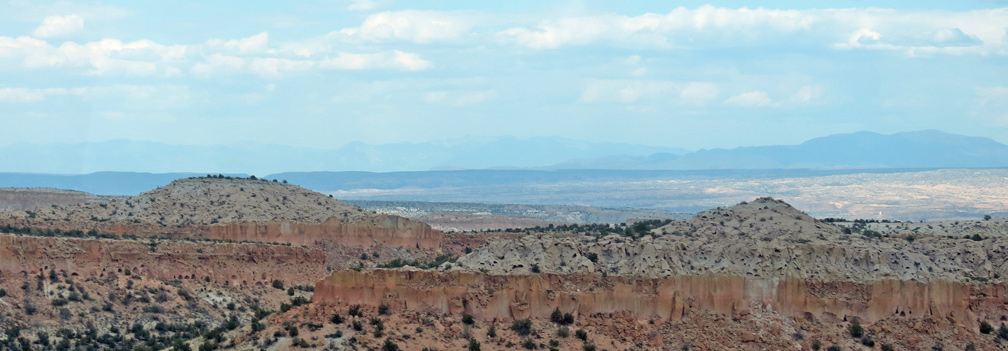

Atomic Project
Los Alamos, New Mexico
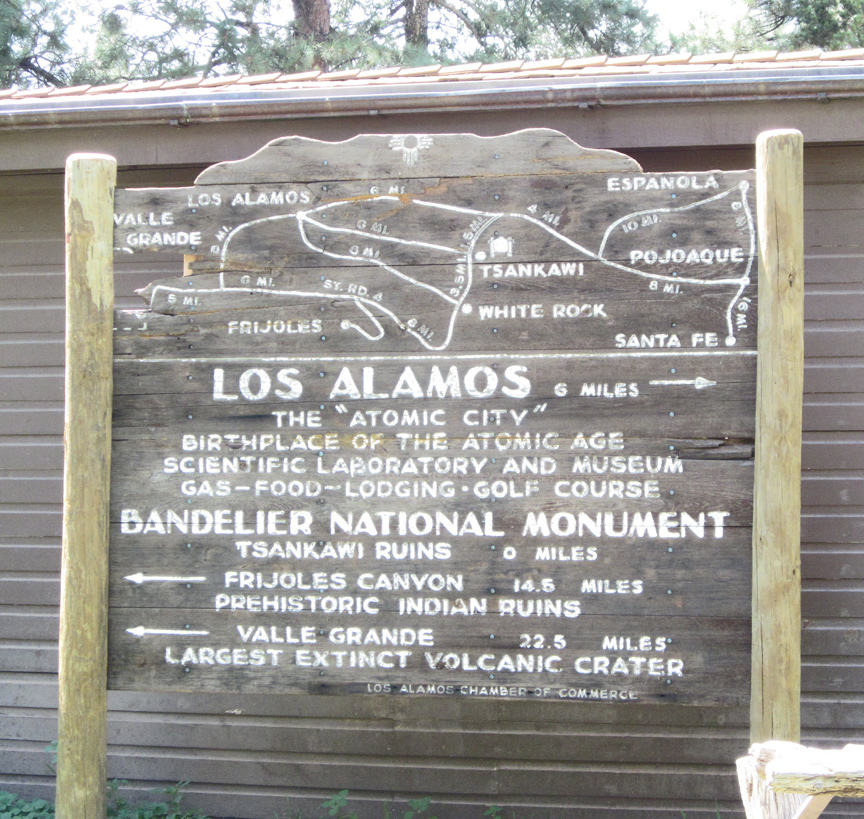
The Manhattan Project was a research and development project that
produced the first atomic bombs during World War II. It was led by the United
States with the support of the United Kingdom and Canada. From 1942 to 1946, the
project was under the direction of Major General Leslie Groves of the US Army
Corps of Engineers. The Army component of the project was designated the
Manhattan District; "Manhattan" gradually superseded the official codename,
"Development of Substitute Materials", for the entire project. Along the way,
the project absorbed its earlier British counterpart, Tube Alloys. The Manhattan
Project began modestly in 1939, but grew to employ more than 130,000 people and
cost nearly US$2 billion (about $26 billion in 2013 dollars). Over 90% of the
cost was for building factories and producing the fissionable materials, with
less than 10% for development and production of the weapons. Research and
production took place at more than 30 sites across the United States, the United
Kingdom and Canada.
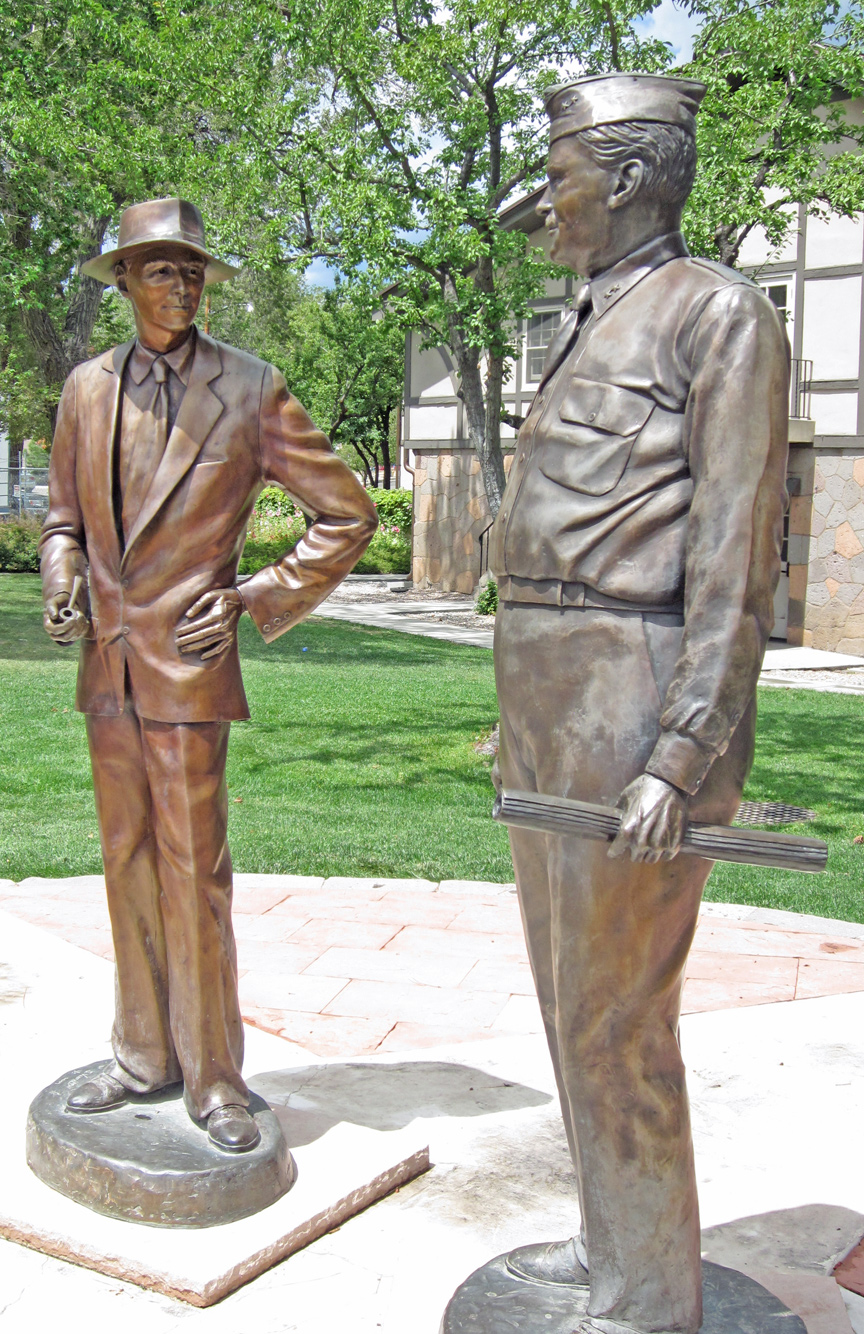
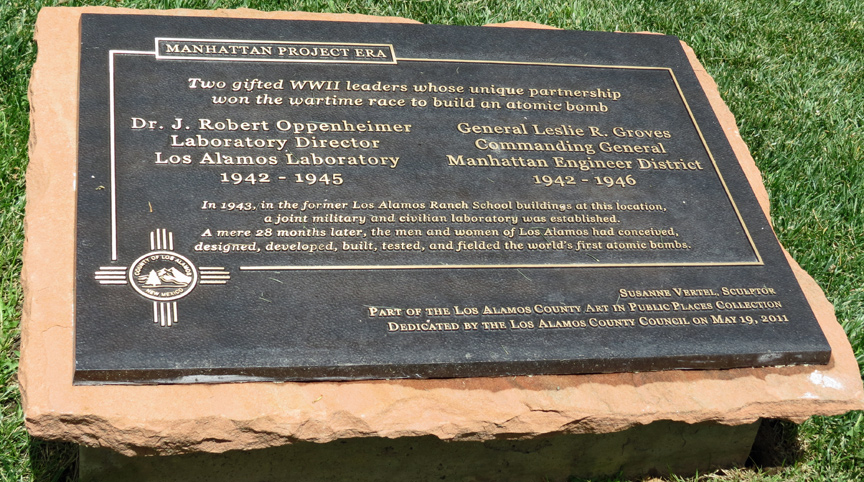
Two types of atomic bomb were developed during the war. A relatively simple
gun-type fission weapon was made using uranium-235, an isotope that makes up
only 0.7 percent of natural uranium. Since it is chemically identical to the
most common isotope, uranium-238, and has almost the same mass, it proved
difficult to separate. Three methods were employed for uranium enrichment:
electromagnetic, gaseous and thermal. Most of this work was performed at Oak
Ridge, Tennessee. In parallel with the work on uranium was an effort to produce
plutonium. Reactors were constructed at Oak Ridge and Hanford, Washington, in
which uranium was irradiated and transmuted into plutonium. The plutonium was
then chemically separated from the uranium. The gun-type design proved
impractical to use with plutonium so a more complex implosion-type weapon was
developed in a concerted design and construction effort at the project's
principal research and design laboratory in Los Alamos, New Mexico.
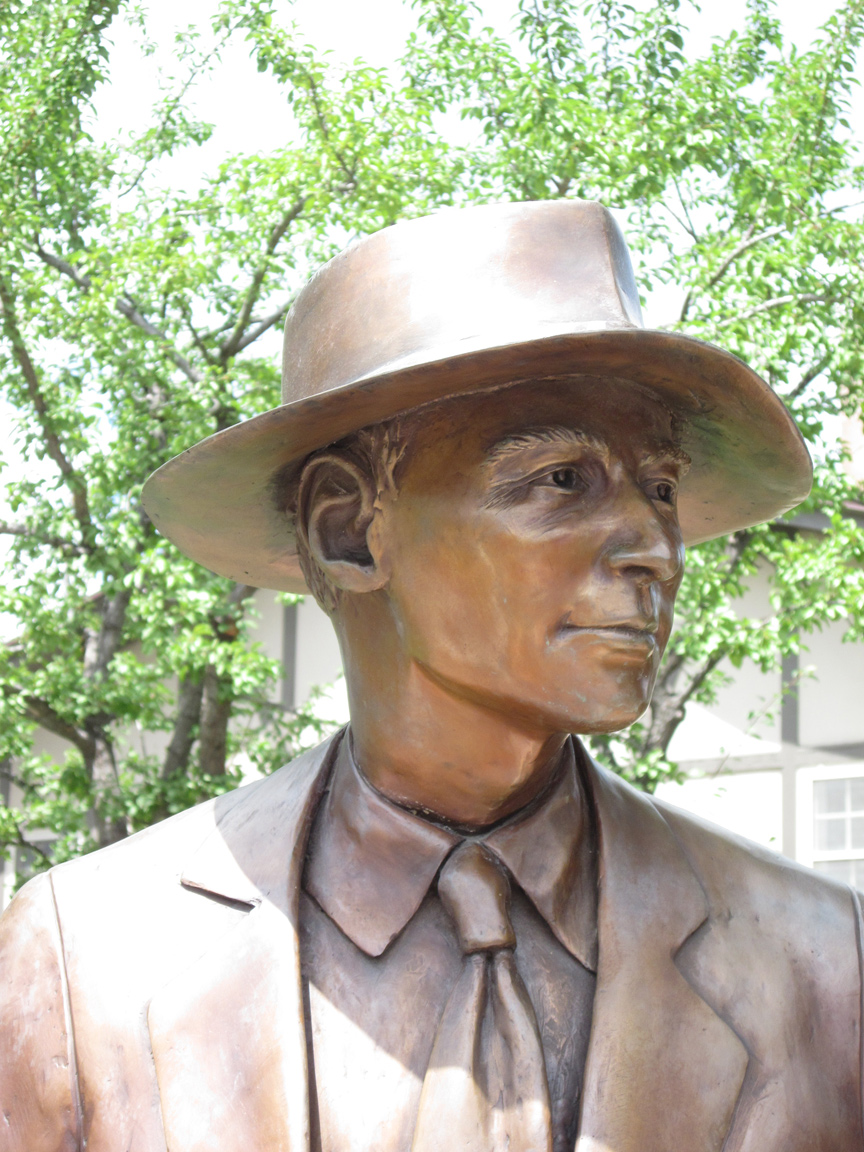
Dr. J. Robert Oppenheimer
The project was also charged with gathering intelligence on the German nuclear energy project. Through Operation Alsos, Manhattan Project personnel served in Europe, sometimes behind enemy lines, where they gathered nuclear materials and documents, and rounded up German scientists.
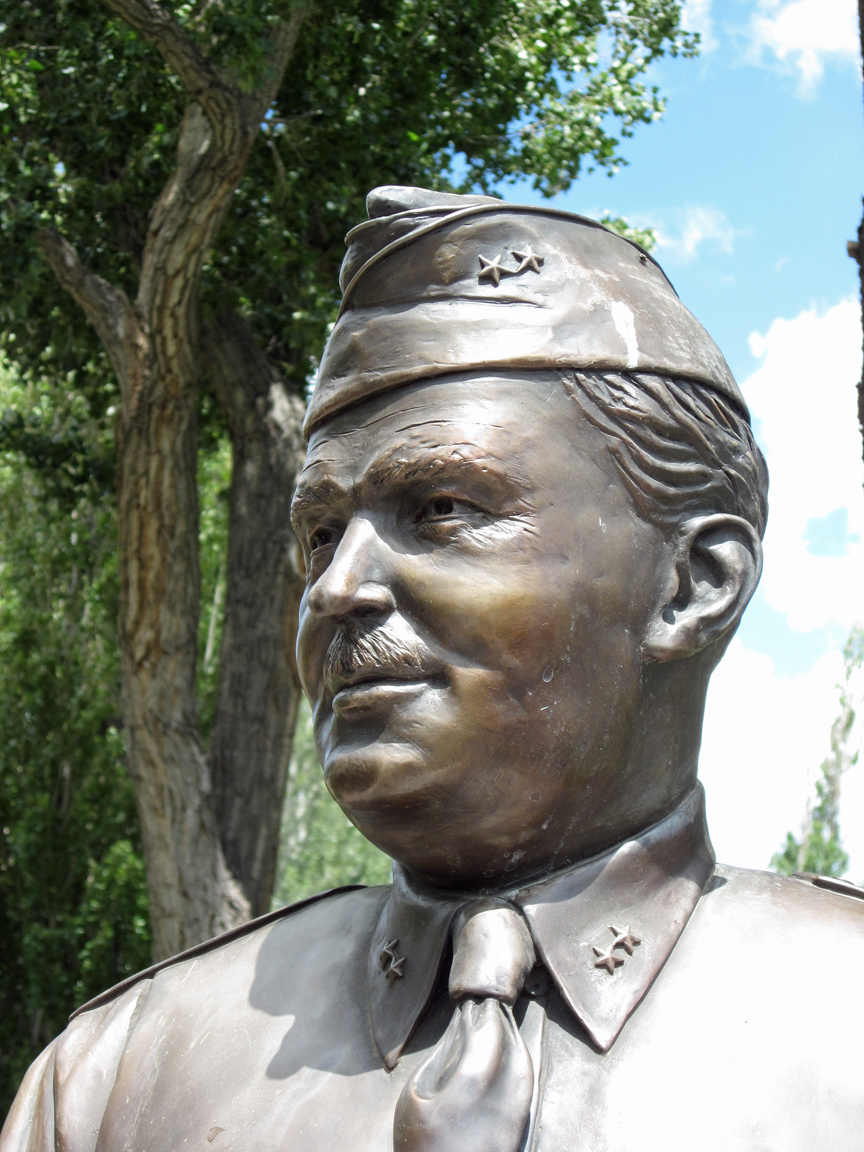
Major General Leslie Groves
The first nuclear device ever detonated was an implosion-type bomb at the
Trinity test, conducted at New Mexico's Alamogordo Bombing and Gunnery Range on
16 July 1945. Little Boy, a gun-type weapon, and the implosion-type Fat Man were
used in the atomic bombings of Hiroshima and Nagasaki, respectively. In the
immediate postwar years, the Manhattan Project conducted weapons testing at
Bikini Atoll as part of Operation Crossroads, developed new weapons, promoted
the development of the network of national laboratories, supported medical
research into radiology and laid the foundations for the nuclear navy. It
maintained control over American atomic weapons research and production until
the formation of the United States Atomic Energy Commission in January 1947.
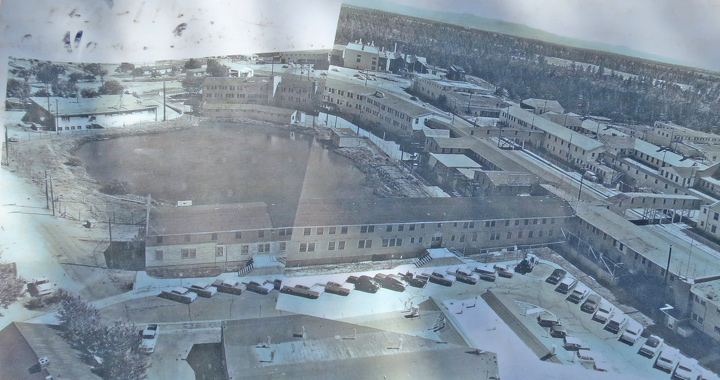
photo of the war time site
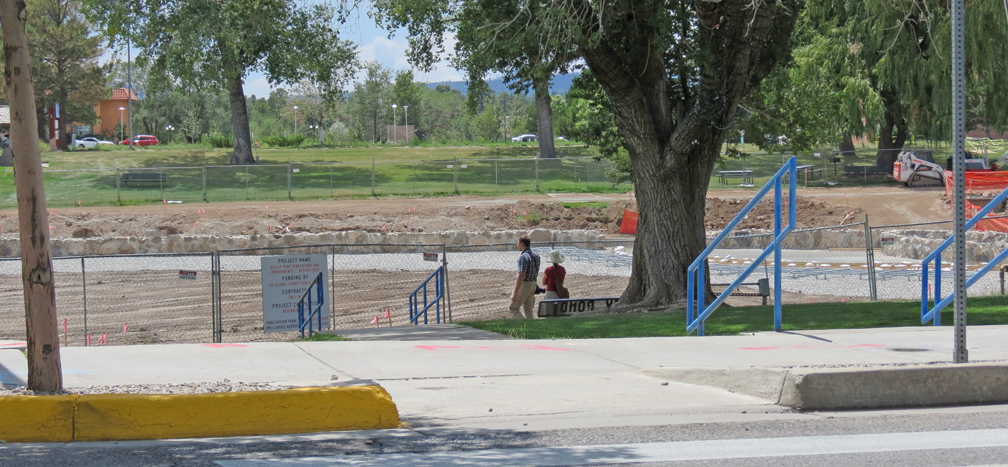
the lake as it looks in 2013
In August 1939, prominent physicists Leó Szilárd and Eugene Wigner drafted the
Einstein–Szilárd letter, which warned of the potential development of "extremely
powerful bombs of a new type". It urged the United States to take steps to
acquire stockpiles of uranium ore and accelerate the research of Enrico Fermi
and others into nuclear chain reactions. They had it signed by Albert Einstein
and delivered to President Franklin D. Roosevelt. Roosevelt called on Lyman
Briggs of the National Bureau of Standards to head the Advisory Committee on
Uranium to investigate the issues raised by the letter. Briggs held a meeting on
21 October 1939, which was attended by Szilárd, Wigner and Edward Teller. The
committee reported back to Roosevelt in November that uranium "would provide a
possible source of bombs with a destructiveness vastly greater than anything
nowknown."
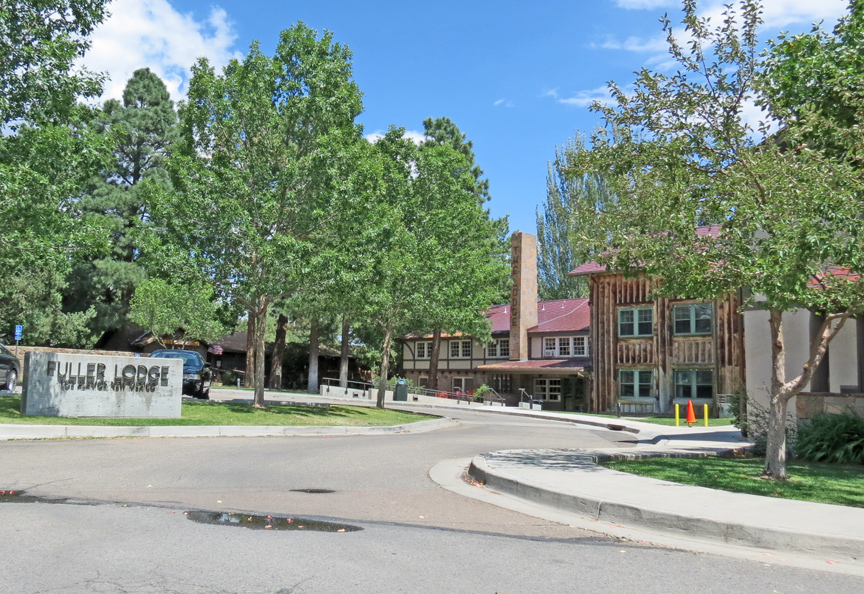
Fuller Lodge
Briggs proposed that the National Defense Research Committee (NDRC) spend
$167,000 on research into uranium, particularly the uranium-235 isotope, and the
recently discovered plutonium. On 28 June 1941, Roosevelt signed Executive Order
8807, which created the Office of Scientific Research and Development (OSRD),
with Vannevar Bush as its director. The office was empowered to engage in large
engineering projects in addition to research. The NDRC Committee on Uranium
became the S-1 Uranium Committee of the OSRD; the word "uranium" was soon
dropped for security reasons.
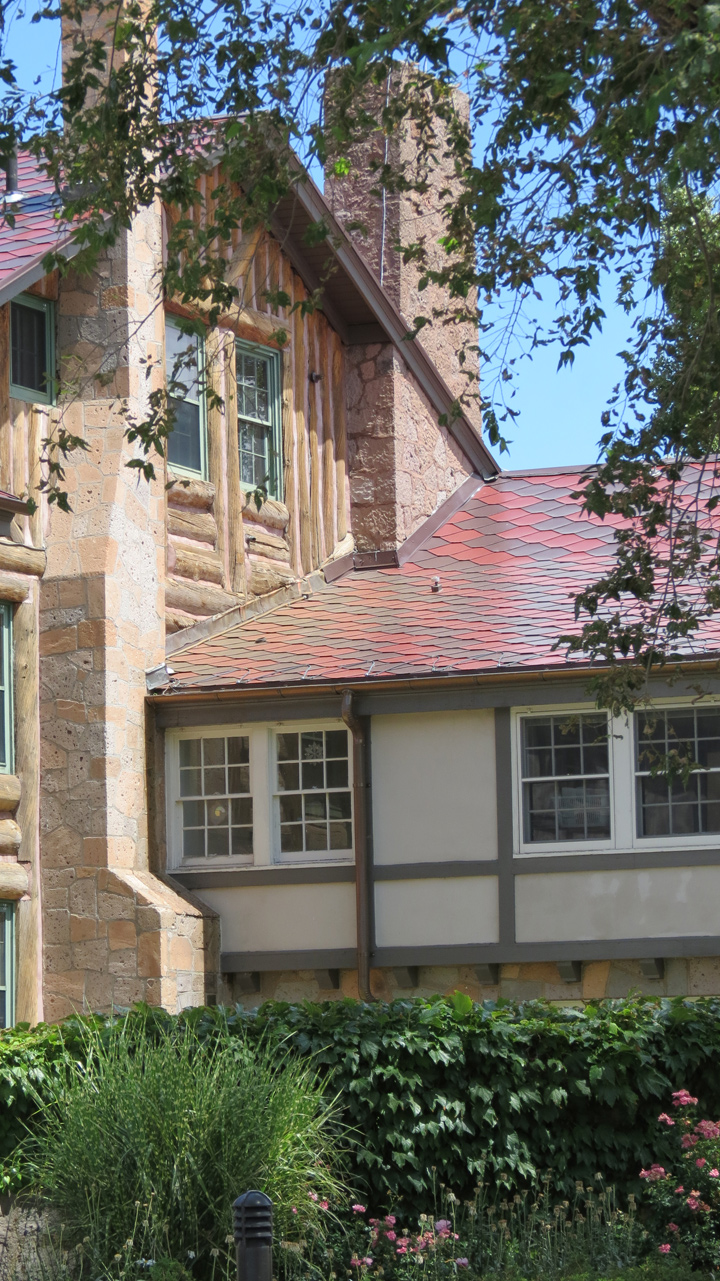
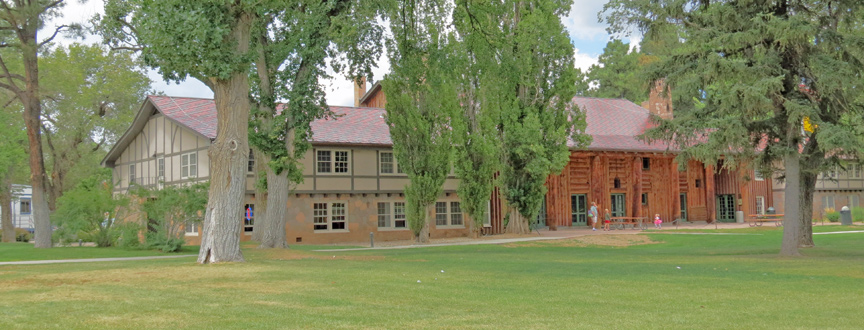
former boys school building
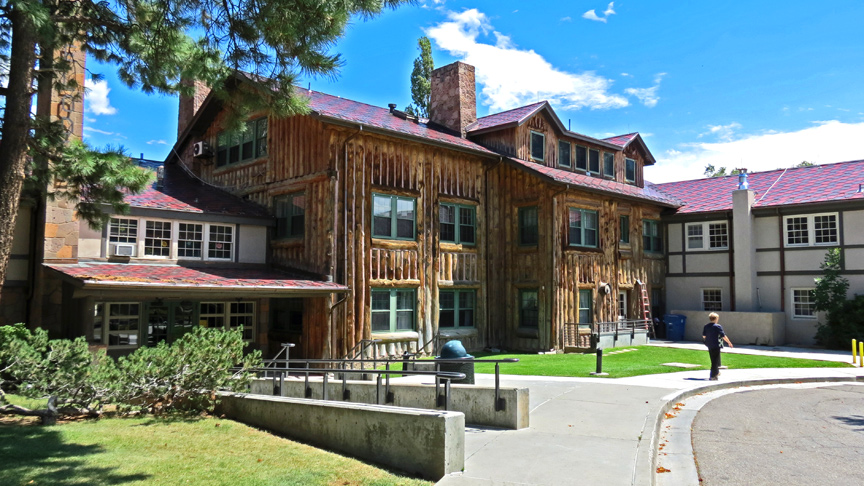
In Britain, Otto Frisch and Rudolf Peierls at the University of Birmingham had made a breakthrough investigating the critical mass of uranium-235 in June 1939. Their calculations indicated that it was within an order of magnitude of 10 kilograms (22 lb), which was small enough to be carried by a bomber of the day. Their March 1940 Frisch–Peierls memorandum initiated the British atomic bomb project and its Maud Committee, which unanimously recommended pursuing the development of an atomic bomb. One of its members, the Australian physicist Mark Oliphant, flew to the United States in late August 1941 and discovered that data provided by the Maud Committee had not reached key American physicists. Oliphant then set out to find out why the committee's findings were apparently being ignored. He met with the Uranium Committee, and visited Berkeley, California, where he spoke persuasively to Ernest O. Lawrence. Lawrence was sufficiently impressed to commence his own research into uranium. He in turn spoke to James B. Conant, Arthur Compton and George Pegram. Oliphant's mission was therefore a success; key American physicists were now aware of the potential power of an atomic bomb.
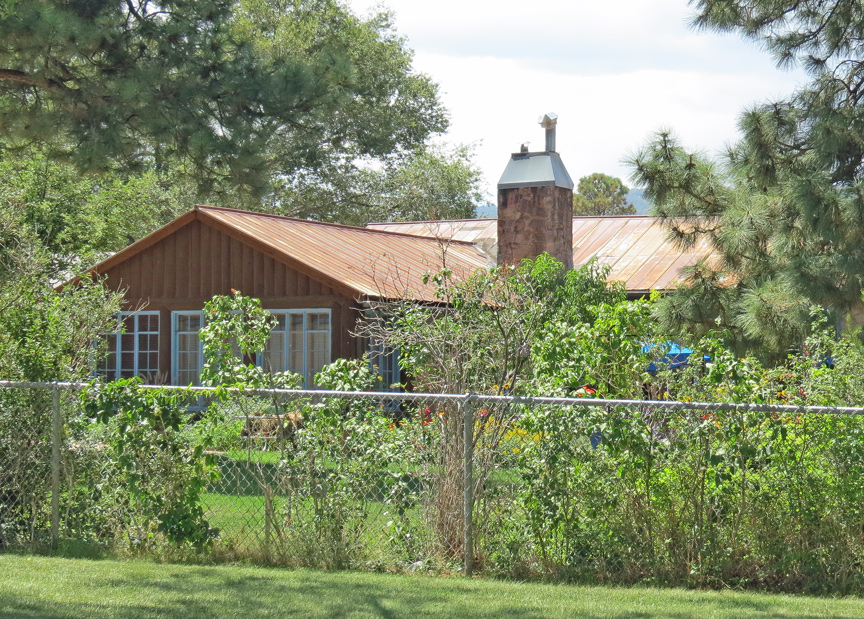
"bathtub row"

where the scientists lived in the former boys school buildings
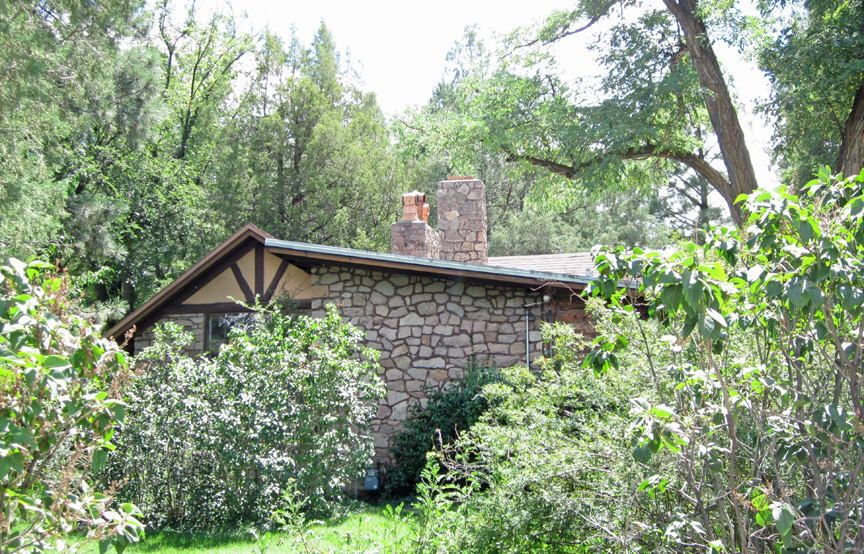
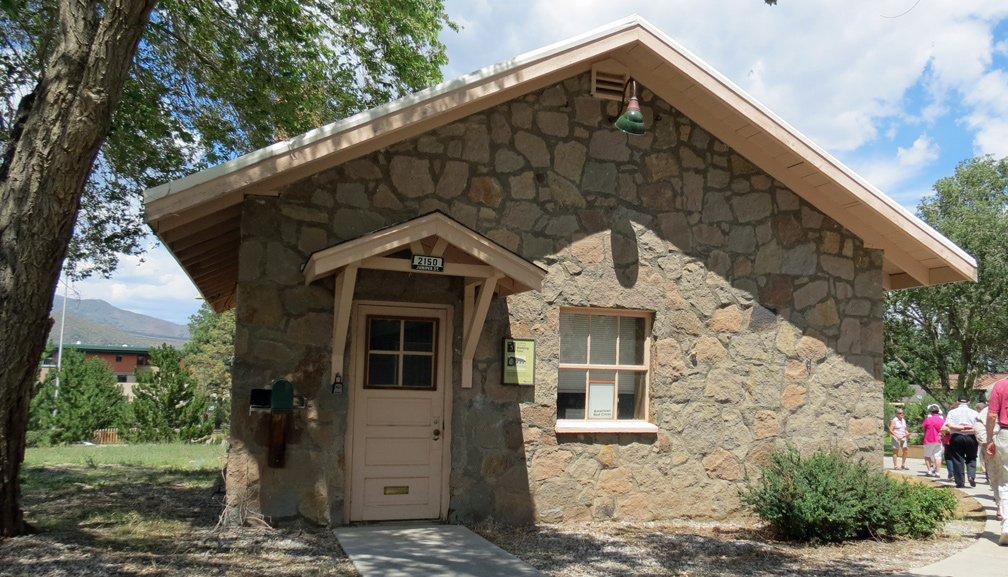
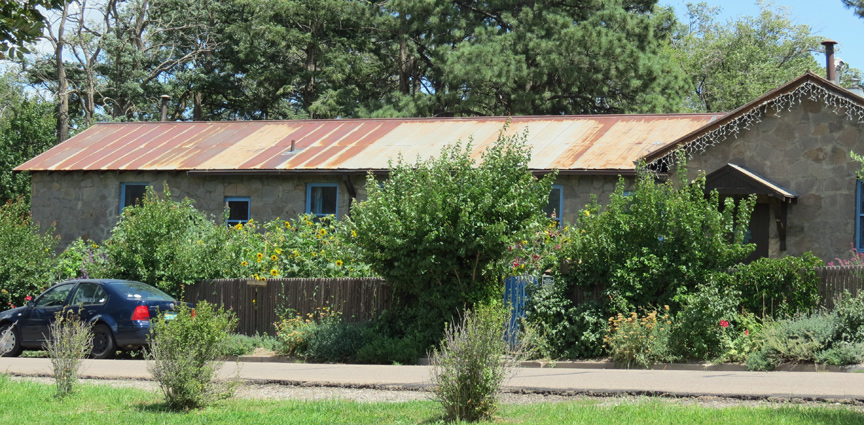
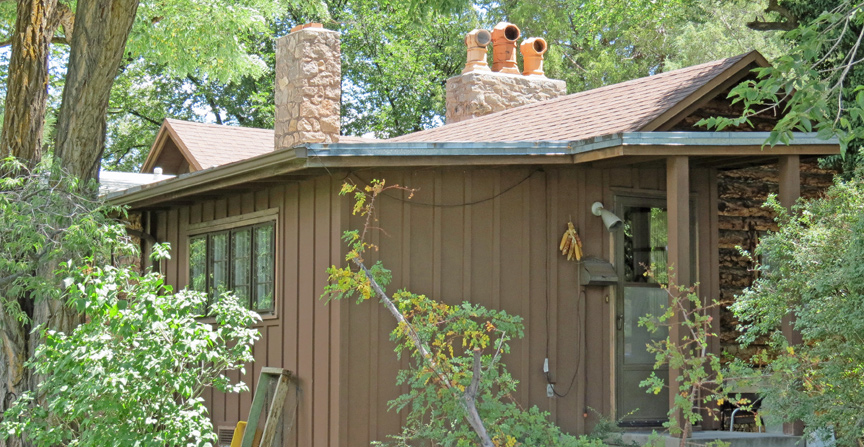
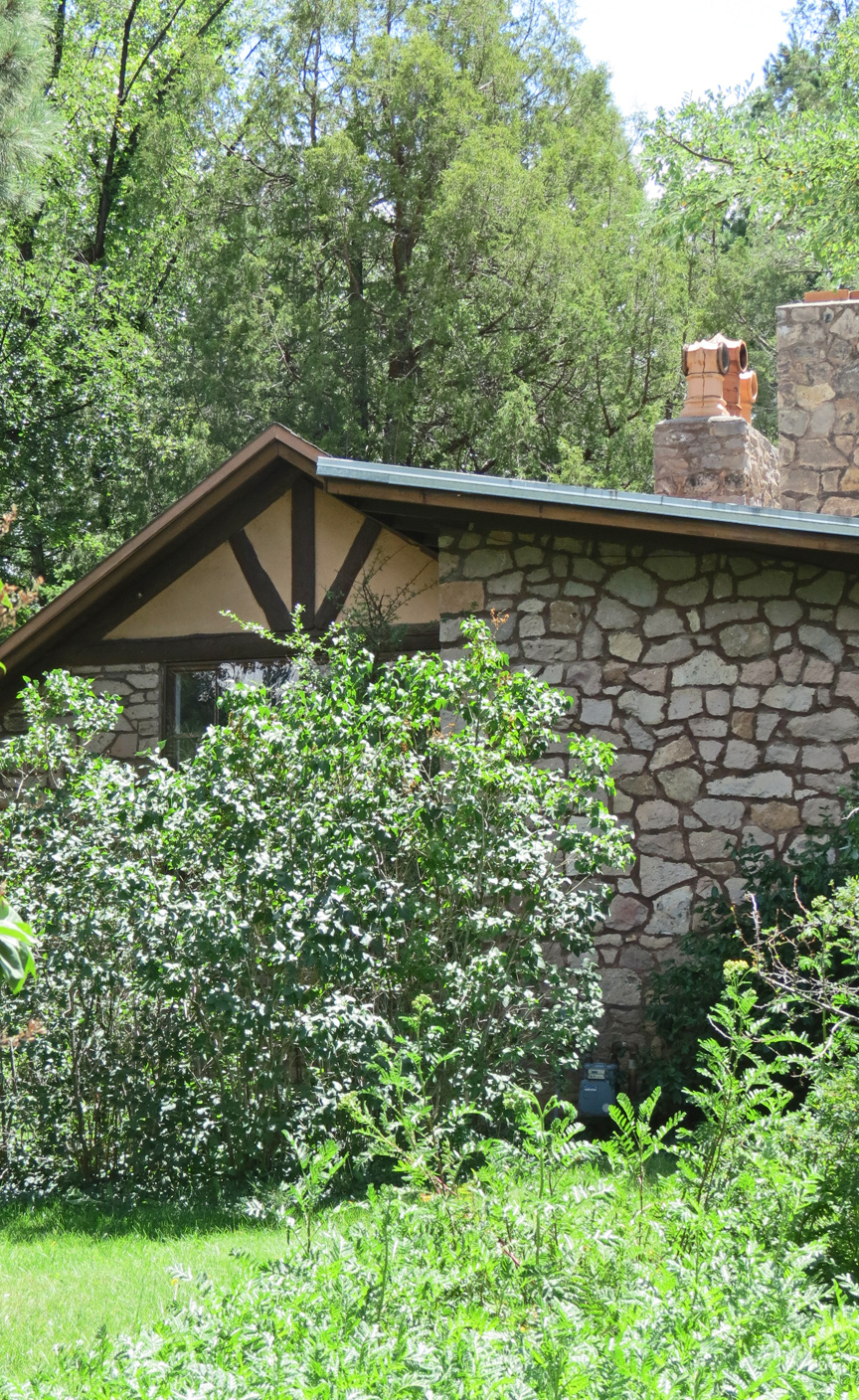
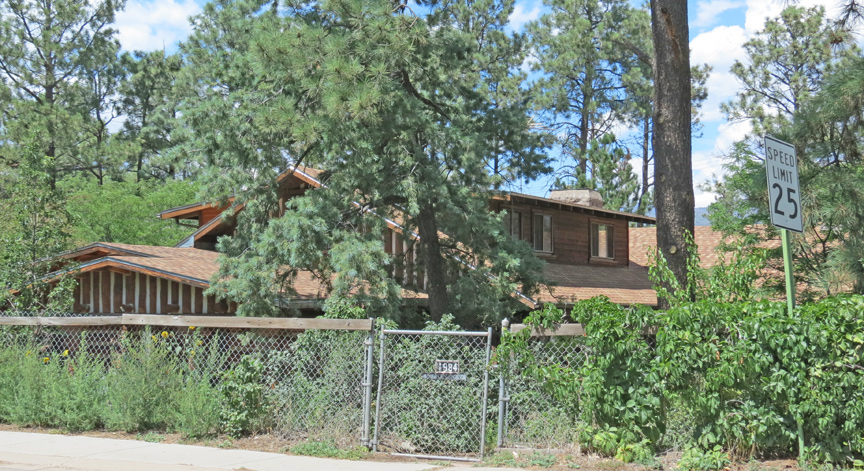
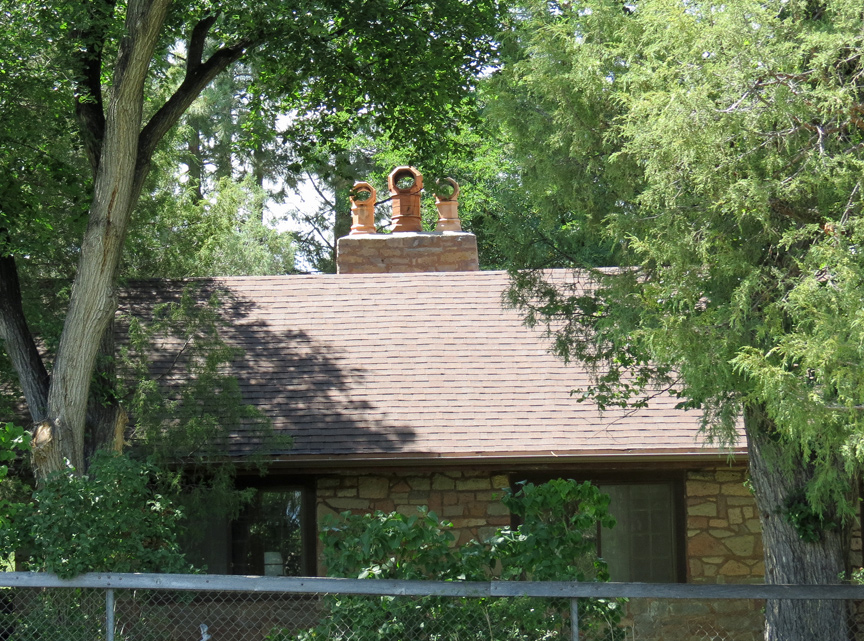



History Museum
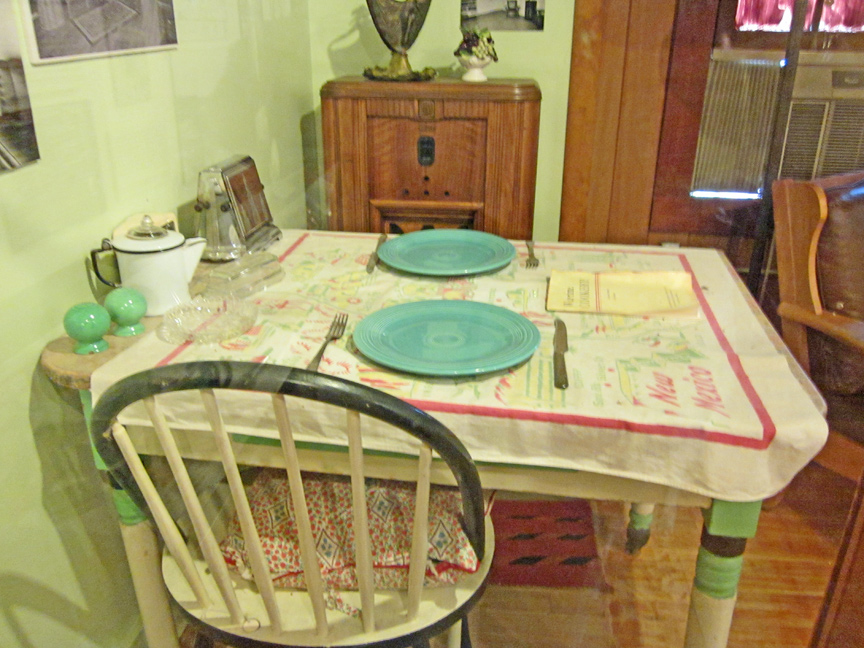
40's living space
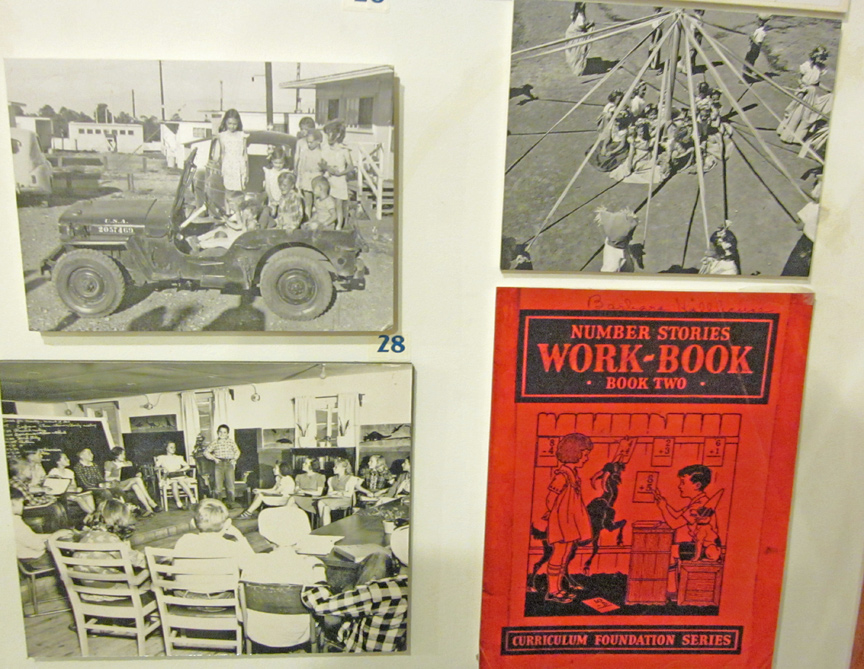
life for the workers
At a meeting between President Roosevelt, Vannevar Bush, and Vice President Henry A. Wallace on 9 October 1941, the President approved the atomic program. To control it, he created a Top Policy Group consisting of himself—although he never attended a meeting—Wallace, Bush, Conant, Secretary of War Henry L. Stimson, and the Chief of Staff of the Army, General George Marshall. Roosevelt chose the Army to run the project rather than the Navy, as the Army had the most experience with management of large-scale construction projects. He also agreed to coordinate the effort with that of the British, and on 11 October he sent a message to Prime Minister Winston Churchill, suggesting that they correspond on atomic matters.
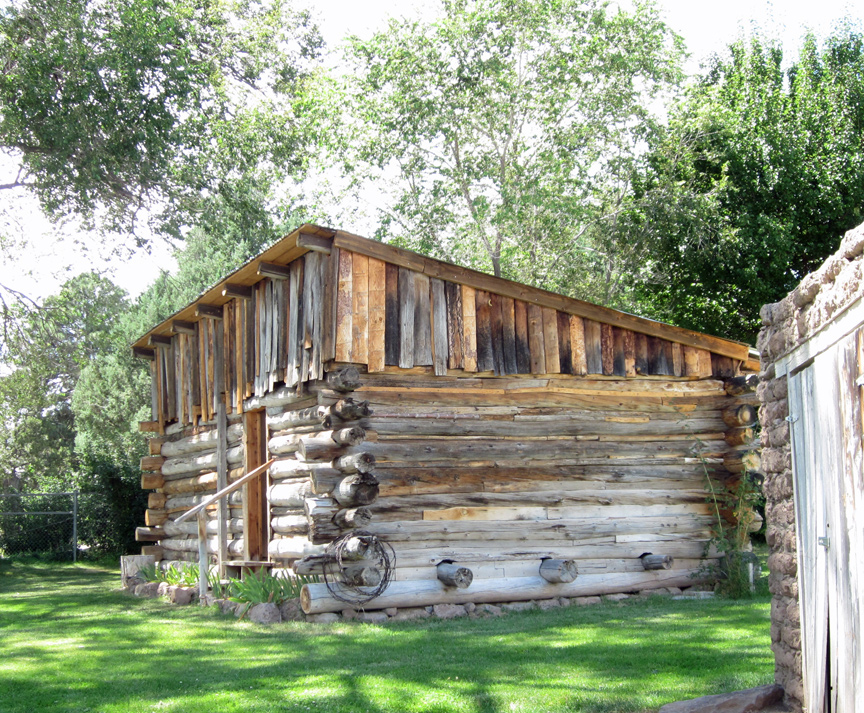
Romero cabin
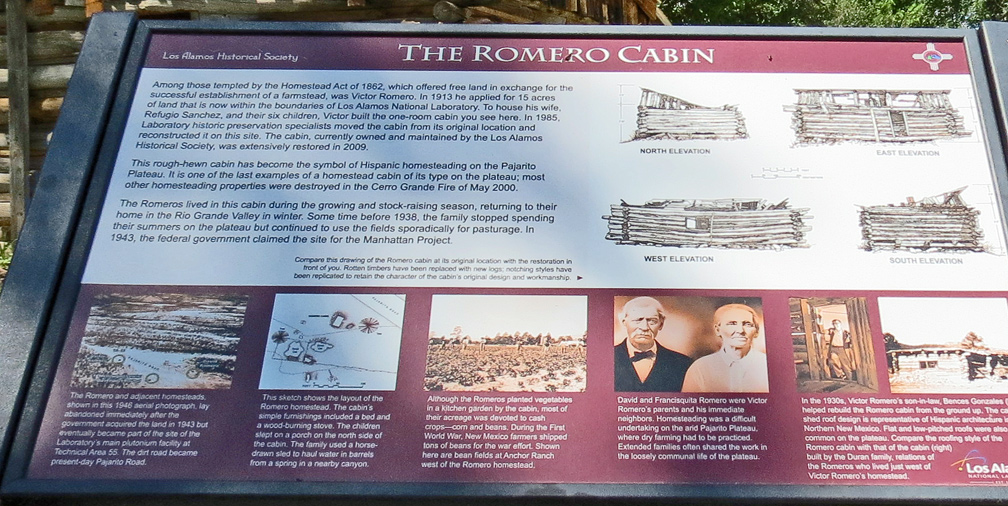
The S-1 Committee held its first meeting on 18 December 1941 "pervaded by an
atmosphere of enthusiasm and urgency" in the wake of the attack on Pearl Harbor
and the subsequent United States declaration of war upon Japan and then on
Germany. Work was proceeding on three different techniques for isotope
separation to separate uranium-235 from uranium-238. Lawrence and his team at
the University of California, Berkeley, investigated electromagnetic separation,
while Eger Murphree and Jesse Wakefield Beams's team looked into gaseous
diffusion at Columbia University, and Philip Abelson directed research into
thermal diffusion at the Carnegie Institution of Washington and later the Naval
Research Laboratory. Murphree was also the head of an unsuccessful separation
project using centrifuges.
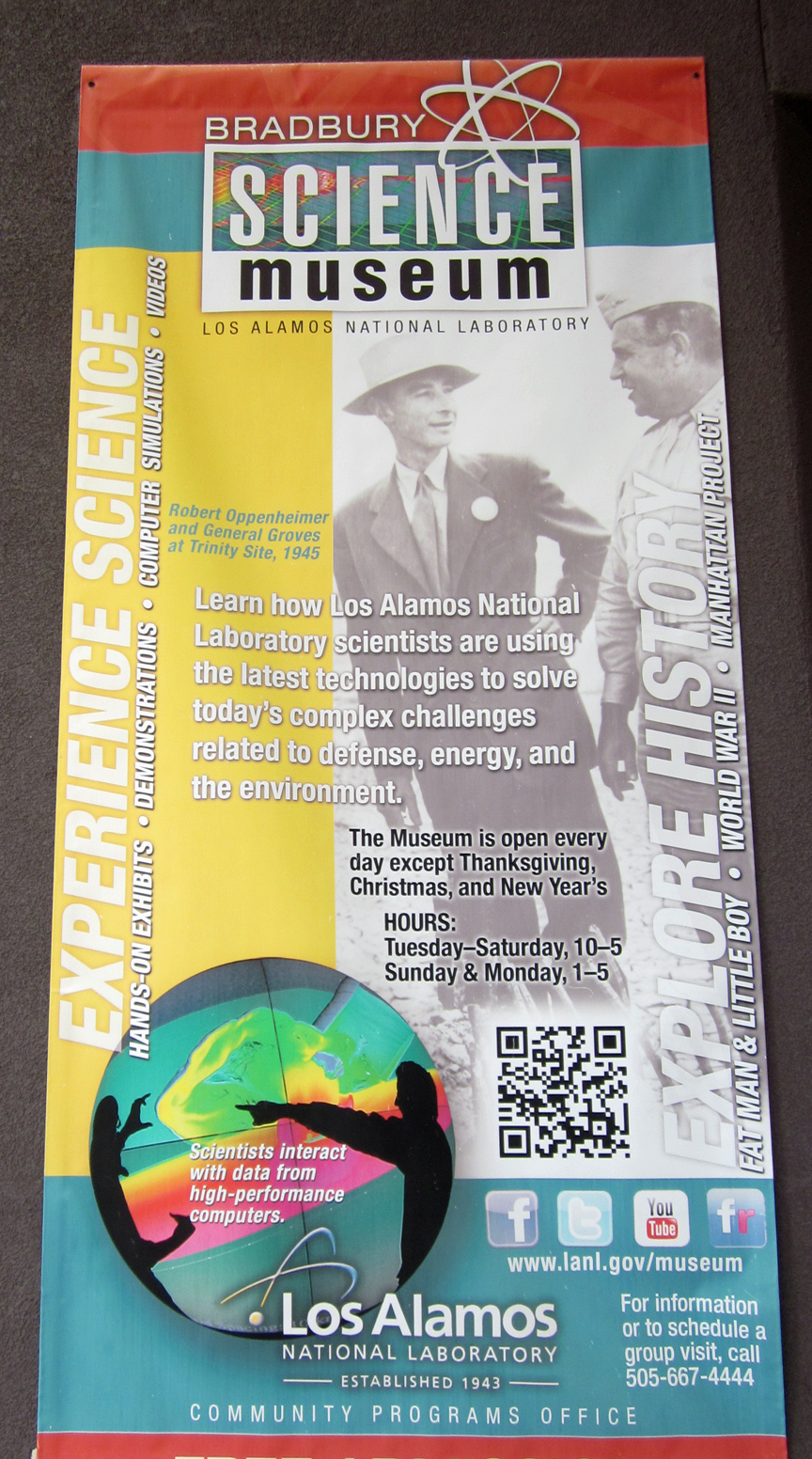
Science Museum
Meanwhile, there were two lines of research into nuclear reactor technology,
with Harold Urey continuing research into heavy water at Columbia, while Arthur
Compton brought the scientists working under his supervision at Columbia
University and Princeton University to the University of Chicago, where he
organized the Metallurgical Laboratory in early 1942 to study plutonium and
reactors using graphite as a neutron moderator. Briggs, Compton, Lawrence,
Murphree, and Urey met on 23 May 1942 to finalize the S-1 Committee
recommendations, which called for all five technologies to be pursued. This was
approved by Bush, Conant, and Brigadier General Wilhelm D. Styer, the chief of
staff of Major General Brehon B. Somervell's Services of Supply, who had been
designated the Army's representative on nuclear matters. Bush and Conant then
took the recommendation to the Top Policy Group with a budget proposal for $54
million for construction by the United States Army Corps of Engineers, $31
million for research and development by OSRD and $5 million for contingencies in
fiscal year 1943. The Top Policy Group in turn sent it to the President on 17
June 1942 and he approved it by writing "OK FDR" on the document.
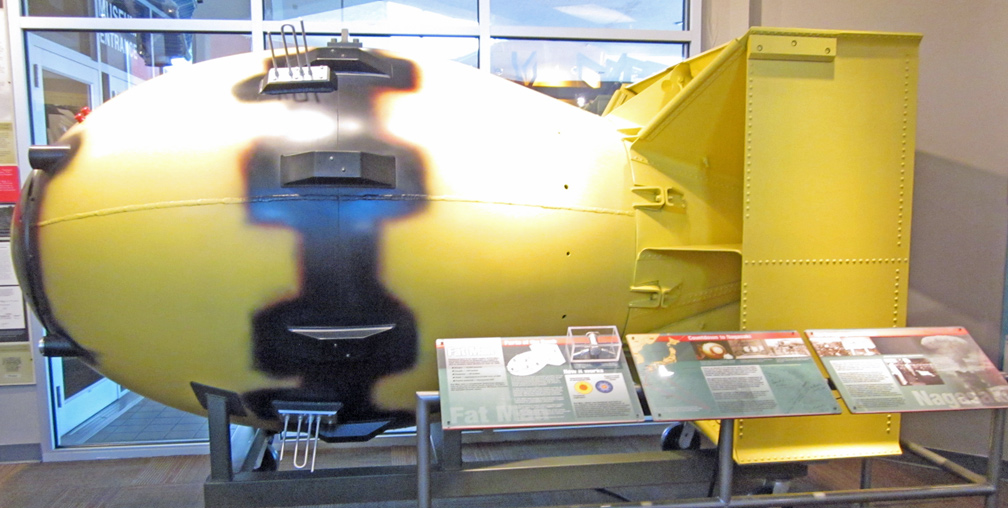
Fat Man
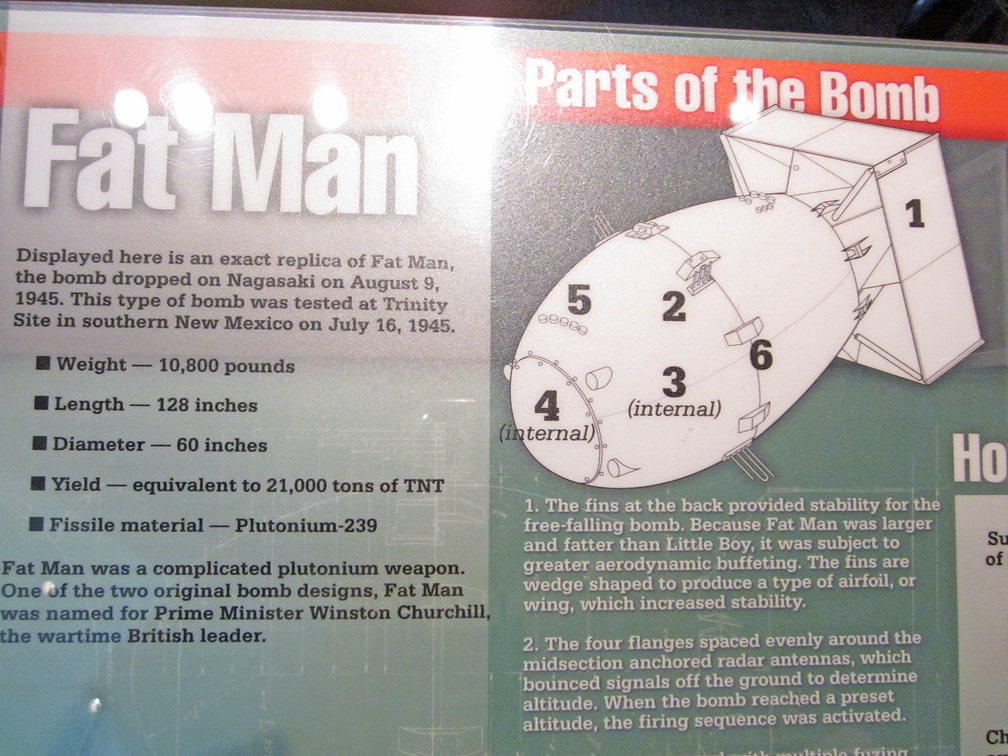
Compton asked the theoretical physicist J. Robert Oppenheimer of the University
of California, Berkeley, to take over research into fast neutron
calculations—the key to calculations of critical mass and weapon detonation—from
Gregory Breit, who had quit on 18 May 1942 because of concerns over lax
operational security. John H. Manley, a physicist at the Metallurgical
Laboratory, was assigned to assist Oppenheimer by contacting and coordinating
experimental physics groups scattered across the country. Oppenheimer and Robert
Serber of the University of Illinois examined the problems of neutron
diffusion—how neutrons moved in a nuclear chain reaction—and hydrodynamics—how
the explosion produced by a chain reaction might behave. To review this work and
the general theory of fission reactions, Oppenheimer convened meetings at the
University of Chicago in June and at the University of California, Berkeley, in
July 1942 with theoretical physicists Hans Bethe, John Van Vleck, Edward Teller,
Emil Konopinski, Robert Serber, Stan Frankel, and Eldred C. Nelson, the latter
three former students of Oppenheimer, and experimental physicists Felix Bloch,
Emilio Segrè, John Manley, and Edwin McMillan. They tentatively confirmed that a
fission bomb was theoretically possible.

Little Boy
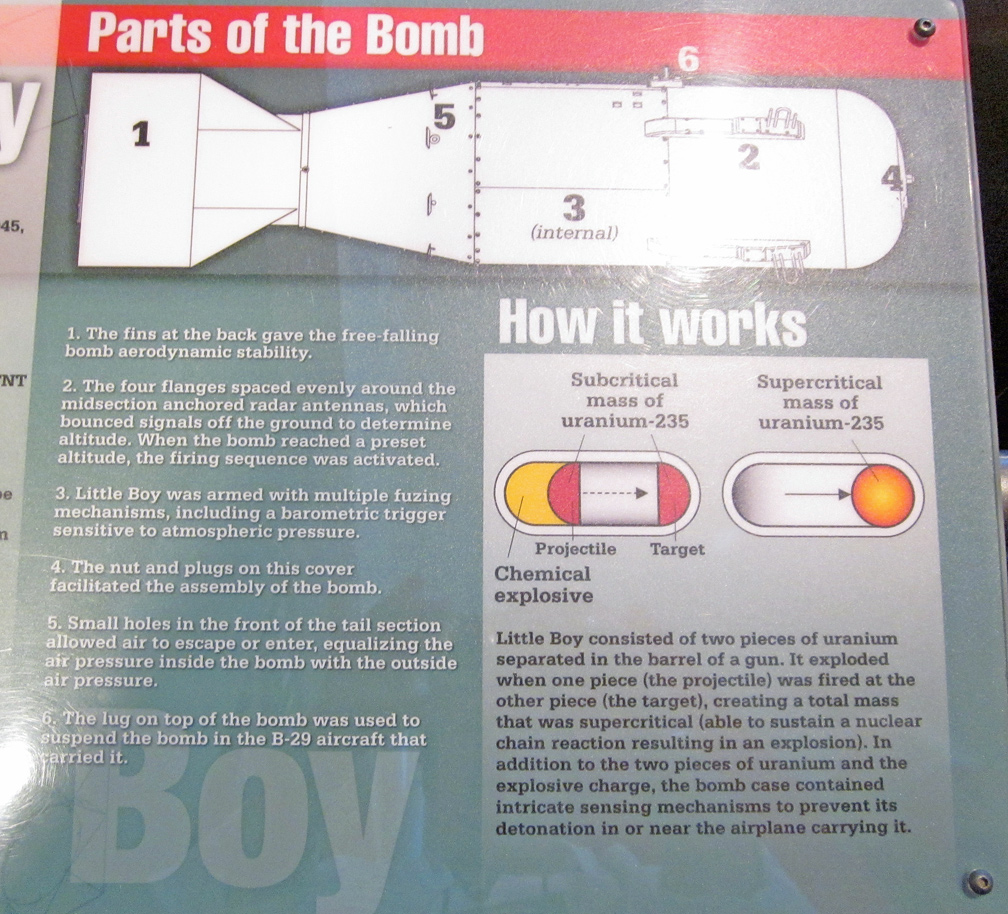
There were still many unknown factors. The properties of pure uranium-235 were
relatively unknown, as were those of plutonium, an element that had only been
discovered in February 1941 by Glenn Seaborg and his team. The scientists at the
Berkeley conference envisioned creating plutonium in nuclear reactors where
uranium-238 atoms absorbed neutrons that had been emitted from fissioning
uranium-235 atoms. At this point no reactor had been built, and only tiny
quantities of plutonium were available from cyclotrons. Even by December 1943,
only two milligrams had been produced. There were many ways of arranging the
fissile material into a critical mass. The simplest was shooting a "cylindrical
plug" into a sphere of "active material" with a "tamper"—dense material that
would focus neutrons inward and keep the reacting mass together to increase its
efficiency. They also explored designs involving spheroids, a primitive form of
"implosion" suggested by Richard C. Tolman, and the possibility of autocatalytic
methods, which would increase the efficiency of the bomb as it exploded.

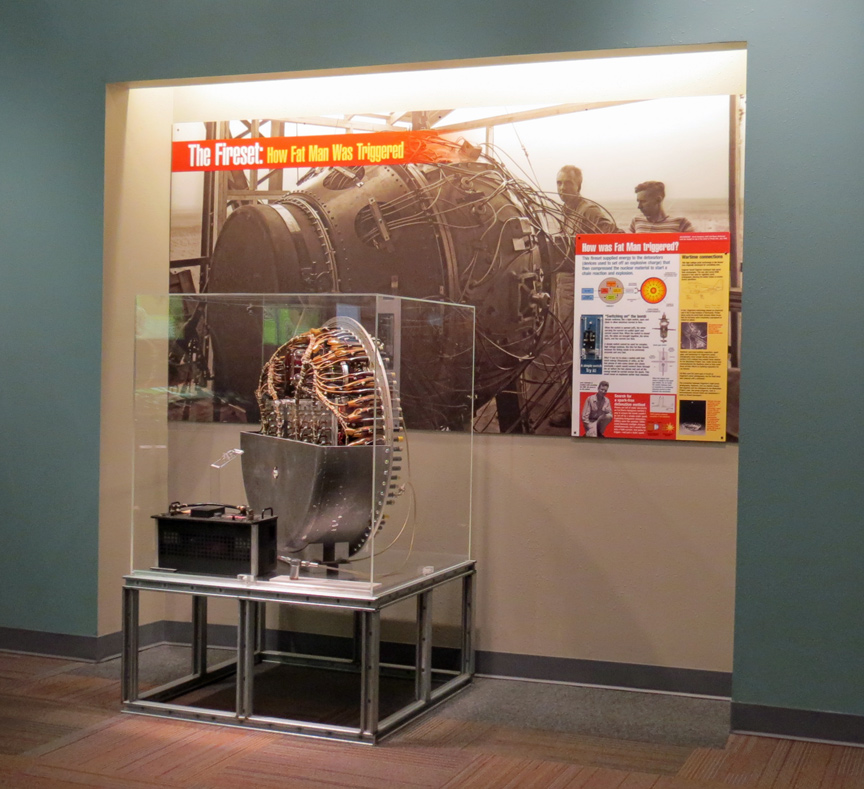
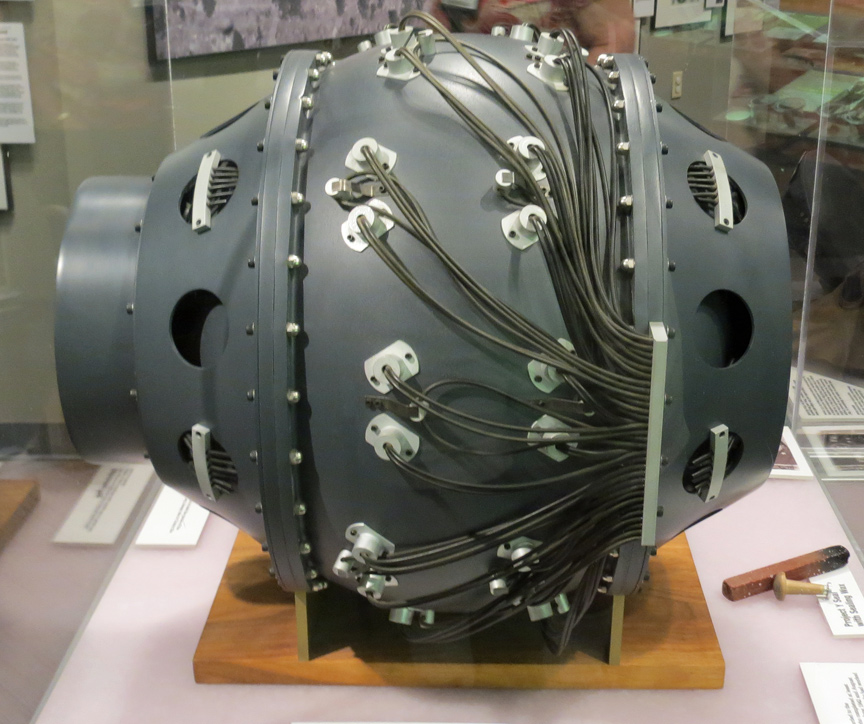
model of the first atomic bomb
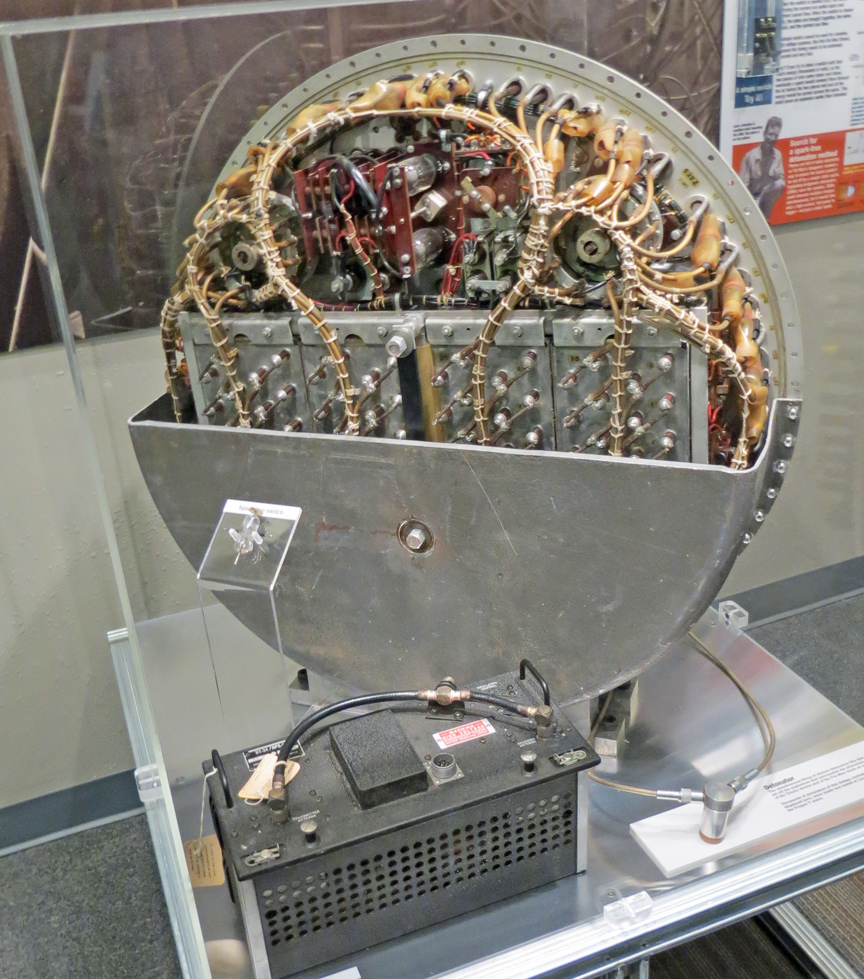
firing device for the "implosion"
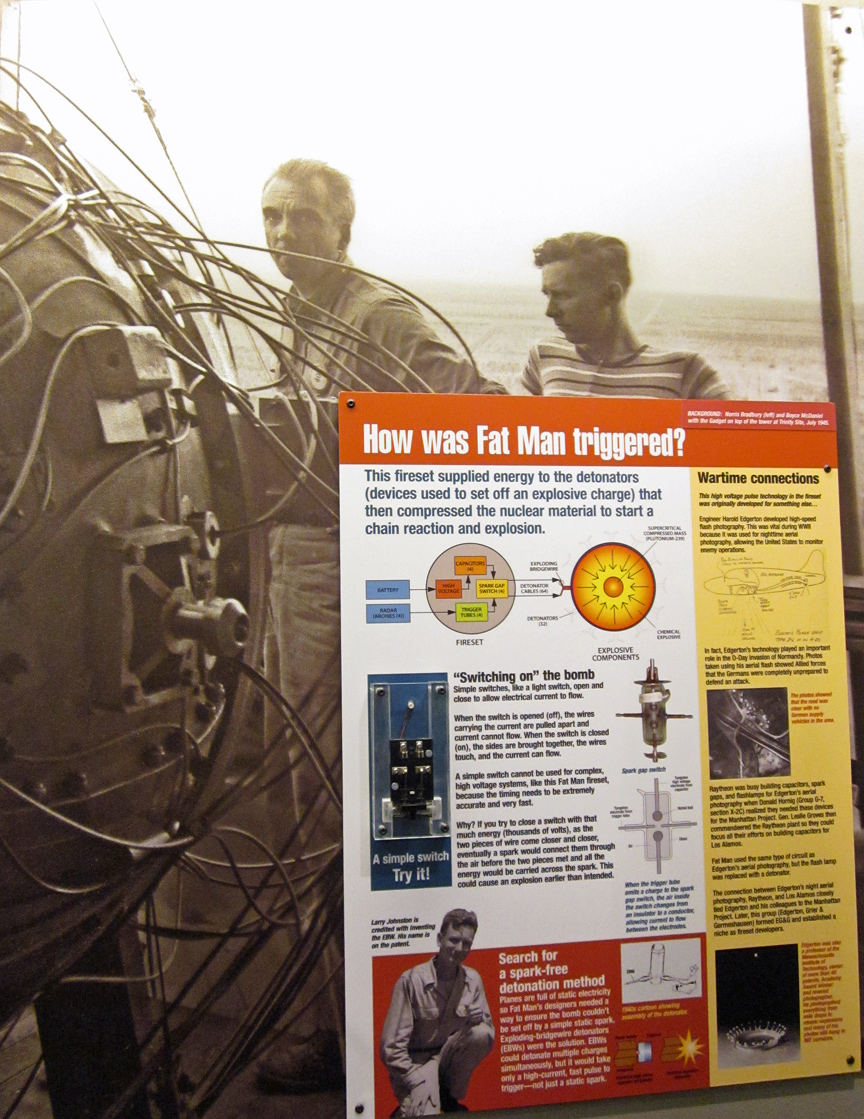
Considering the idea of the fission bomb theoretically settled—at least until more experimental data was available—the Berkeley conference then turned in a different direction. Edward Teller pushed for discussion of a more powerful bomb: the "super", now usually referred to as a "hydrogen bomb", which would use the explosive force of a detonating fission bomb to ignite a nuclear fusion reaction in deuterium and tritium. Teller proposed scheme after scheme, but Bethe refused each one. The fusion idea was put aside to concentrate on producing fission bombs. Teller also raised the speculative possibility that an atomic bomb might "ignite" the atmosphere because of a hypothetical fusion reaction of nitrogen nuclei. Bethe calculated that it could not happen, and a report co-authored by Teller showed that "no self-propagating chain of nuclear reactions is likely to be started." In Serber's account, Oppenheimer mentioned it to Arthur Compton, who "didn't have enough sense to shut up about it. It somehow got into a document that went to Washington" and was "never laid to rest
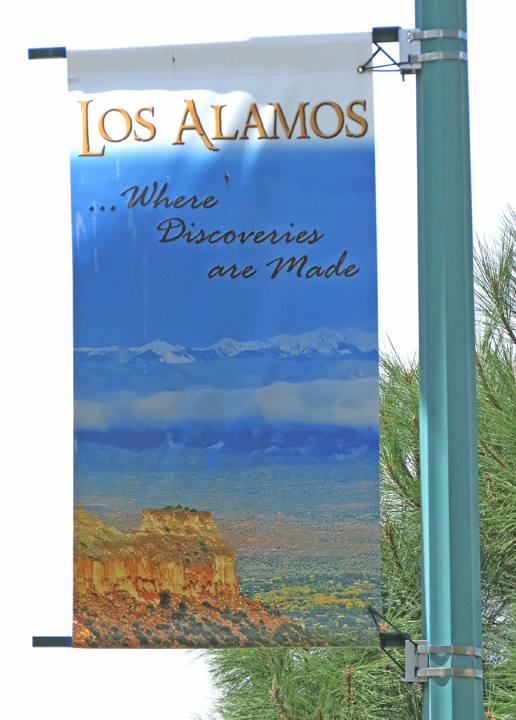
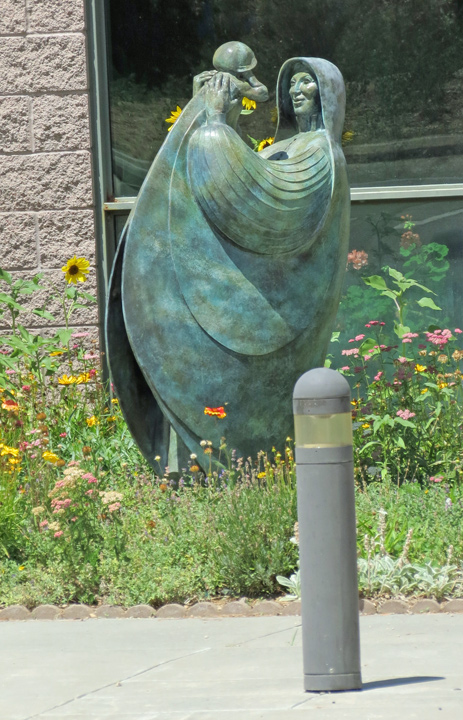
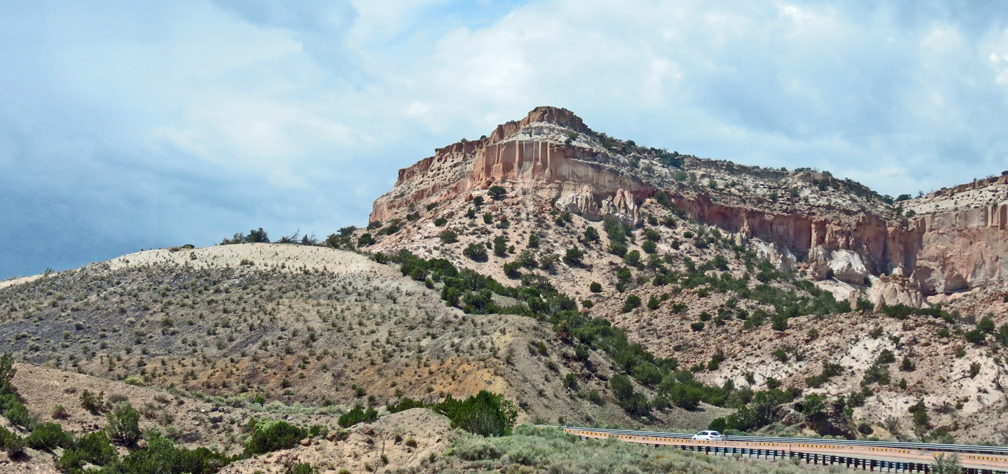


the road to Los Alamos
